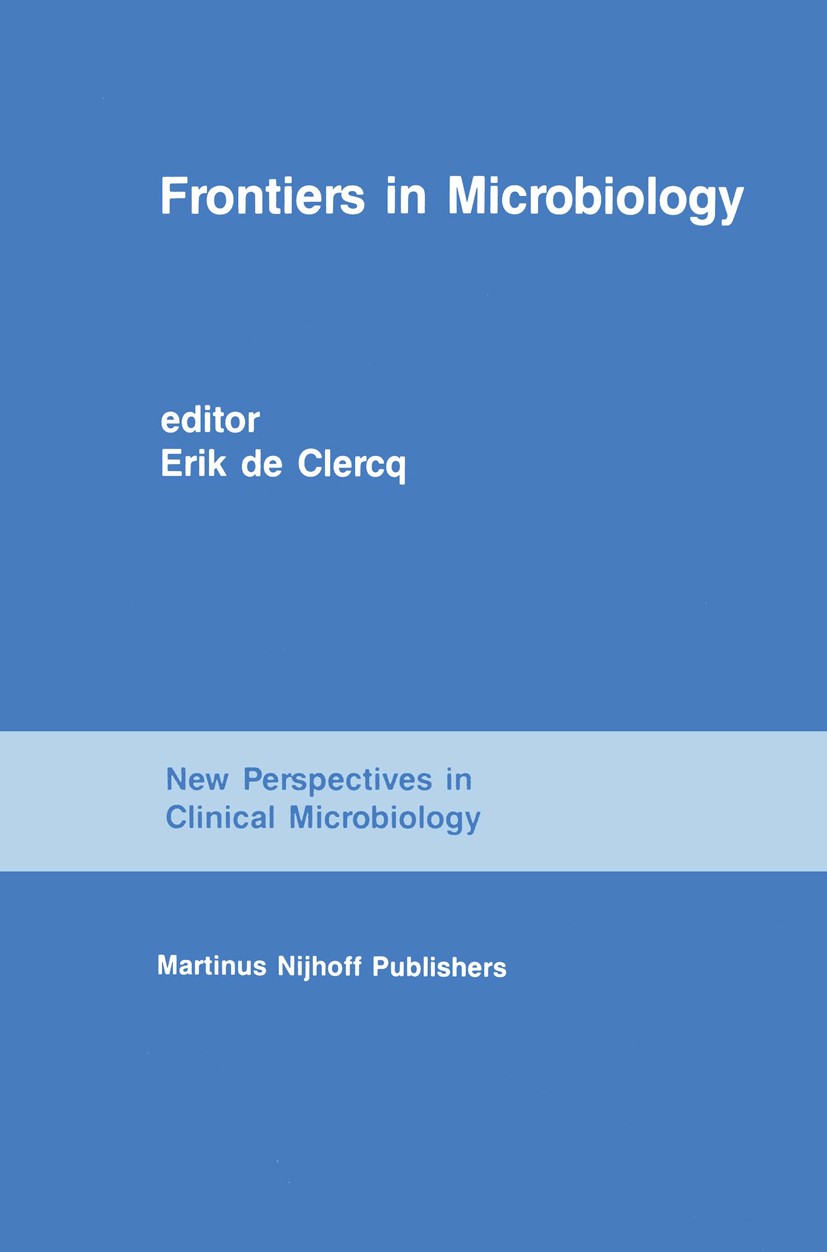从夏威夷短尾鱿鱼卵中分离出的一种细菌,产生靛蓝素并对弧菌有差异抑制作用
IF 4
2区 生物学
Q2 MICROBIOLOGY
引用次数: 67
摘要
许多头足类动物的雌性成员在生殖系统的一部分附属腺(ANG)中容纳了一个细菌联合体。这些细菌沉积在鸡蛋中,然后在环境中产卵,在那里它们必须在不受捕食者、病原体和污染的保护下发育。在这项研究中,我们对从夏威夷短尾鱿鱼(Euprymna scolopes)卵的水母皮中分离出来的α变形菌属玫瑰杆菌分支(红杆菌科)中的一员Leisingera sp. JC1的基因组和次生代谢物的产生进行了表征。全基因组测序和MLSA分析显示,Leisingera sp. JC1属于与鱿鱼ANGs相关的玫瑰杆菌群。基因组和生化分析揭示了一些次生代谢物的产生和潜力,包括与群体感应有关的铁载体和酰基高丝氨酸内酯。在基因组中检测到色素靛蓝素的完整生物合成基因簇,质谱分析证实了该化合物的产生。此外,我们还研究了在与光器官共生体费氏弧菌(Vibrio fischeri)和其他弧菌共培养条件下靛蓝素的产量。最后,该菌株的Leisingera sp. JC1及其次生代谢产物提取物对多种海洋弧菌均具有不同的抑菌活性,提示Leisingera sp. JC1可能在卵和/或ANG中对宿主防御其他海洋细菌起作用。这些数据还表明,靛蓝素可能是这种与鱿鱼有关的细菌抗菌活性的部分原因,而不是全部原因。本文章由计算机程序翻译,如有差异,请以英文原文为准。
Leisingera sp. JC1, a Bacterial Isolate from Hawaiian Bobtail Squid Eggs, Produces Indigoidine and Differentially Inhibits Vibrios
Female members of many cephalopod species house a bacterial consortium in the accessory nidamental gland (ANG), part of the reproductive system. These bacteria are deposited into eggs that are then laid in the environment where they must develop unprotected from predation, pathogens, and fouling. In this study, we characterized the genome and secondary metabolite production of Leisingera sp. JC1, a member of the roseobacter clade (Rhodobacteraceae) of Alphaproteobacteria isolated from the jelly coat of eggs from the Hawaiian bobtail squid, Euprymna scolopes. Whole genome sequencing and MLSA analysis revealed that Leisingera sp. JC1 falls within a group of roseobacters associated with squid ANGs. Genome and biochemical analyses revealed the potential for and production of a number of secondary metabolites, including siderophores and acyl-homoserine lactones involved with quorum sensing. The complete biosynthetic gene cluster for the pigment indigoidine was detected in the genome and mass spectrometry confirmed the production of this compound. Furthermore, we investigated the production of indigoidine under co-culture conditions with Vibrio fischeri, the light organ symbiont of E. scolopes, and with other vibrios. Finally, both Leisingera sp. JC1 and secondary metabolite extracts of this strain had differential antimicrobial activity against a number of marine vibrios, suggesting that Leisingera sp. JC1 may play a role in host defense against other marine bacteria either in the eggs and/or ANG. These data also suggest that indigoidine may be partially, but not wholly, responsible for the antimicrobial activity of this squid-associated bacterium.
求助全文
通过发布文献求助,成功后即可免费获取论文全文。
去求助
来源期刊

Frontiers in Microbiology
MICROBIOLOGY-
CiteScore
7.70
自引率
9.60%
发文量
4837
审稿时长
14 weeks
期刊介绍:
Frontiers in Microbiology is a leading journal in its field, publishing rigorously peer-reviewed research across the entire spectrum of microbiology. Field Chief Editor Martin G. Klotz at Washington State University is supported by an outstanding Editorial Board of international researchers. This multidisciplinary open-access journal is at the forefront of disseminating and communicating scientific knowledge and impactful discoveries to researchers, academics, clinicians and the public worldwide.
 求助内容:
求助内容: 应助结果提醒方式:
应助结果提醒方式:


